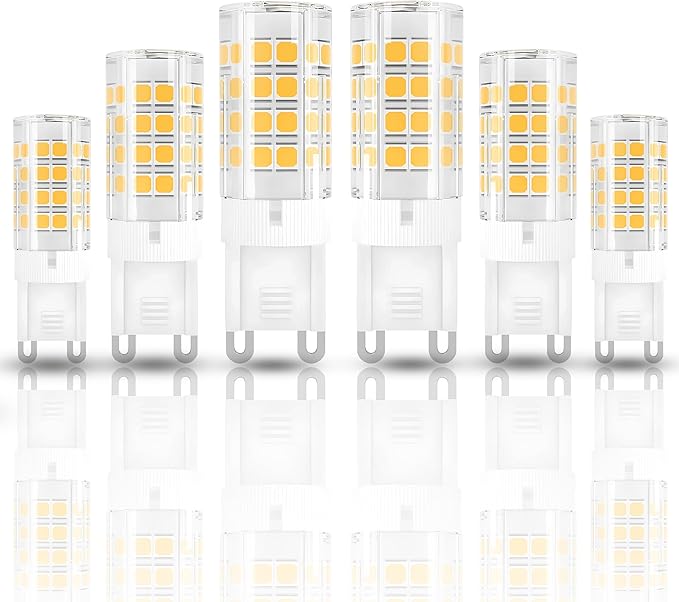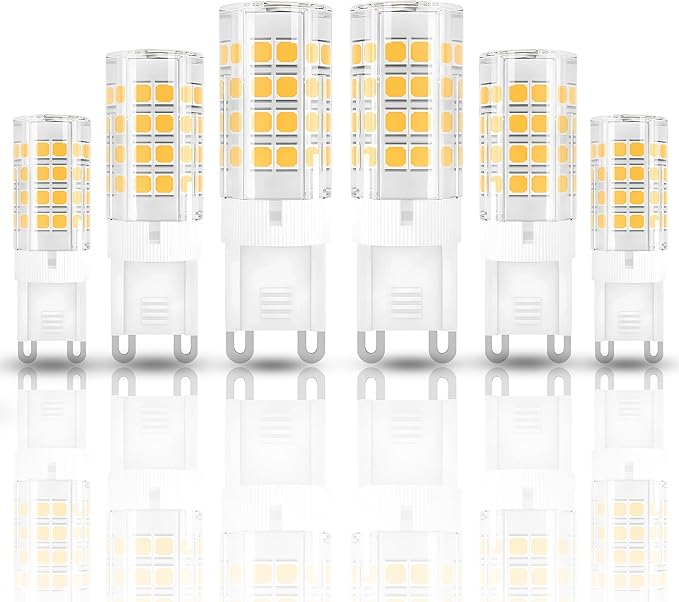The Future of Indoor Lighting: Smart LED Innovations
Introduction
- The rapid advancements in LED technology and smart home integration.
-
An LED bulb is generally 80 to 90 per cent efficient, meaning that 80 per cent of the electrical energy is converted to light, with only 20 per cent lost as heat. For an incandescent bulb, the reverse is true: 20 per cent of the electrical energy used in converted to light and the remaining 80 per cent is lost to heat.
Given that LED bulbs don’t produce as much heat as incandescent bulbs, they burn cooler and are safer to use. Another ecologically friendly feature of LED bulbs is their composition. They are made of non-toxic materials and are 100 per cent recyclable.
LED lighting is also more cost-effective and convenient than incandescent or fluorescent lighting. LED lights are solid-state lights and are more stable light sources than incandescent or fluorescent lights, making them much longer-lasting. For example, a standard incandescent bulb has a longevity of about 750 hours while a comparable LED bulb can last between 50,000 and 100,000 hours. 100,000 hours translates to 11 years of operating continuously; imagine not changing a light bulb for more than a decade!
This longevity makes them perfect for hard to reach areas, such as in an atrium or a room with a cathedral ceiling.
- Cymak LED's commitment to staying at the forefront of innovation.
- Keywords: smart LED lighting, smart home integration, future of lighting, automated LED systems.
Understanding Smart LED Lighting
- Explanation of what smart LED lighting is and how it works.
- Benefits of integrating smart lighting systems in homes and businesses.
Key Features and Technologies
- Overview of features like app control, voice activation, and programmable schedules.
- Smart lights have a chip inside them so that they can communicate with other devices wirelessly. Every light can connect to an app, smart home assistant, or other smart accessory, so you can automate your lights, change their color, or control them remotely.
- Introduction to Cymak LED products that include smart technology.
How Smart Lighting Can Transform Spaces
By adjusting the brightness and color temperature to mimic natural daylight patterns, smart lighting can help regulate our internal clocks, potentially improving sleep and reducing stress. Boosting Productivity: The right lighting conditions can enhance focus and reduce eye fatigue.
- Examples of how smart lighting enhances functionality and aesthetics.
- simulating sunrise benefits wakefulness, whereas gradual decrease correlates to soothing relaxation.Dec 22, 2024
- Impact on energy usage and cost savings through automation.
- Smart lighting systems offer substantial energy savings, reducing overall lighting costs by 35% to 70%. The use of IoT technologies enables efficient consumption monitoring and control, contributing to real-time energy management.
Installation and Compatibility
- Discussing ease of installation and ensuring compatibility with existing smart home systems.
- When it comes to smart home technology, LED lighting systems offer various levels of control and customization depending on the user’s needs. LEDs can be controlled with remotes, wall panels, smartphone apps, and voice commands through smart assistants, such as Amazon Alexa or Google Home. This means that users have more flexibility when it comes to controlling how much or little light they want in a room.
- Highlighting support resources available from www.cymakled.ca
Future Trends in Smart LED Lighting
- Insights into where the industry is heading, including AI integration and IoT connectivity.
-
LEDs are known for their energy efficiency, but when combined with AI, they offer unprecedented levels of optimization.
- Adaptive Lighting: AI algorithms can dynamically adjust LED brightness and color temperature based on real-time data, such as occupancy, natural light, or user preferences, ensuring optimal energy usage and enhancing sustainability efforts.
- Predictive Maintenance: AI can analyze lighting usage patterns to predict when maintenance is needed, minimizing downtime and preventing unnecessary energy waste.
- Smart Grids: Integration with smart grids enables AI to manage energy distribution efficiently, reducing peak loads and contributing to overall energy savings.
2. Superior User Experience
AI-driven LED systems provide a highly personalized and intuitive lighting experience.
Stay updated with Cymak LED's evolving product line.




